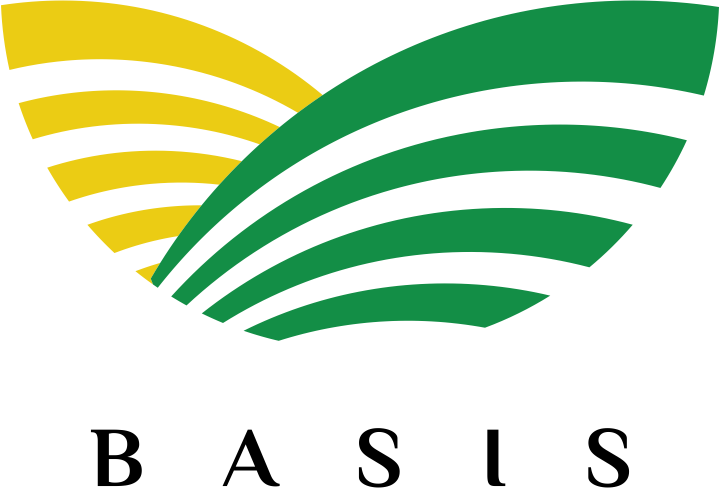
Bundling agriculture insurance with other services like credit and better farm inputs is fast emerging as a possible solution to help agriculture insurance to achieve better social outcomes, make insurance more tangible and enable schemes to scale faster.
 There is evidence that states that access to agricultural insurance leads to significantly larger agricultural investment and riskier, yet more rewarding, production choices in agriculture. The binding constraint to farmer investment is uninsured risk: when provided with insurance against the primary catastrophic risk they face, farmers are able to find resources to increase expenditure on their farms. Such evidence establishes risk as the most binding constraint, even more than access to finance.
There is evidence that states that access to agricultural insurance leads to significantly larger agricultural investment and riskier, yet more rewarding, production choices in agriculture. The binding constraint to farmer investment is uninsured risk: when provided with insurance against the primary catastrophic risk they face, farmers are able to find resources to increase expenditure on their farms. Such evidence establishes risk as the most binding constraint, even more than access to finance.
However, this is not to say, just insurance, more so standalone insurance, on its own is enough. Providing standalone insurance products – especially in new markets where they are untested and consumers lack understanding and trust – can be difficult and unprofitable. Bundling insurance offers the opportunity to the insurer or the implementing entity to bundle their product with a value chain component (output or input) that is necessary for the farmer. By bundling insurance with other smallholder-focused financial and non-financial services practitioners can develop a customised suite of products, services and delivery modes that offer substantial and tangible client value.
One of the main objectives of any development programme is to create a dynamic path to livelihood improvement - improving farming practices, access to quality inputs and access to market. However, insurance as a standalone product may not be sufficient to overcome the binding constraints of farmers. Hence, bundling provides more value for all the players in the value chain.
For the insurer bundling is an opportunity to:
- Leverage existing non-insurance services to increase outreach and penetration, and compensate for lack of own staff/distribution in rural markets;
- Utilise the partner’s goodwill and get customers to try the insurance offering;
- Reduce costs of distribution, customer education, and premium collection through pre-financing by the partner or the aggregator;
- Have reduced anti-selection/fraud due to bundled nature (especially for mandatory products).
For the provider of non-insurance services such as a bank or farming input provider, bundling with insurance can offer several advantages. These include:
- Reduction of agriculture lending risk;
- Use of insurance as a sales promotion tool for farming inputs;
- Increased loyalty to the product;
- Additional revenue stream in terms of commission or service fees from the insurer.
From the farmer’s point of view, a bundled insurance product can provide:
- Access to insurance on a cost-effective basis;
- Easier access to credit and improved farm inputs;
- Loan repayment relief and access to loans for the next season (in case of default due to unfavourable production);
- Ease of payment of premiums, if service provider pre-finances or subsidises premiums;
- Access to multiple services at a competitive price through the “one-stop” shop.
Bundling services is not always easy. First of all, the bundled solution should provide value to all stakeholders. Bundling is ultimately a question of aligning value, i.e. not only should such bundling make sustainable business sense for each stakeholder, it should offer real client value to the smallholder farmer, while being accessible and affordable. To understand how such value alignment can be achieved, we need to consider the entire value chain for smallholder farming in the market of focus.
Second, the context matters in agriculture, more so than other insurance types. Each crop has different requirements and a distinct value chain. The model that may work for one crop may not work for another. Lastly, some specific success factors for agriculture insurance products, such as use of technology and subsidies, need to be taken into account to make specific solutions work. Bundling provides a great opportunity to make agriculture insurance work but should be designed with care.
